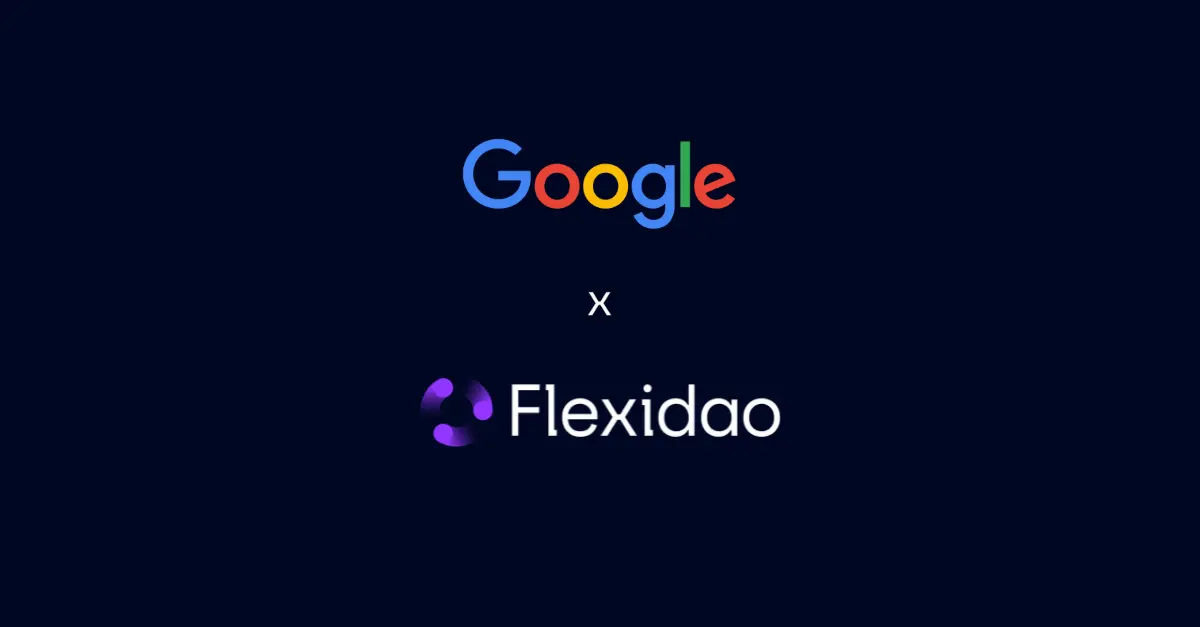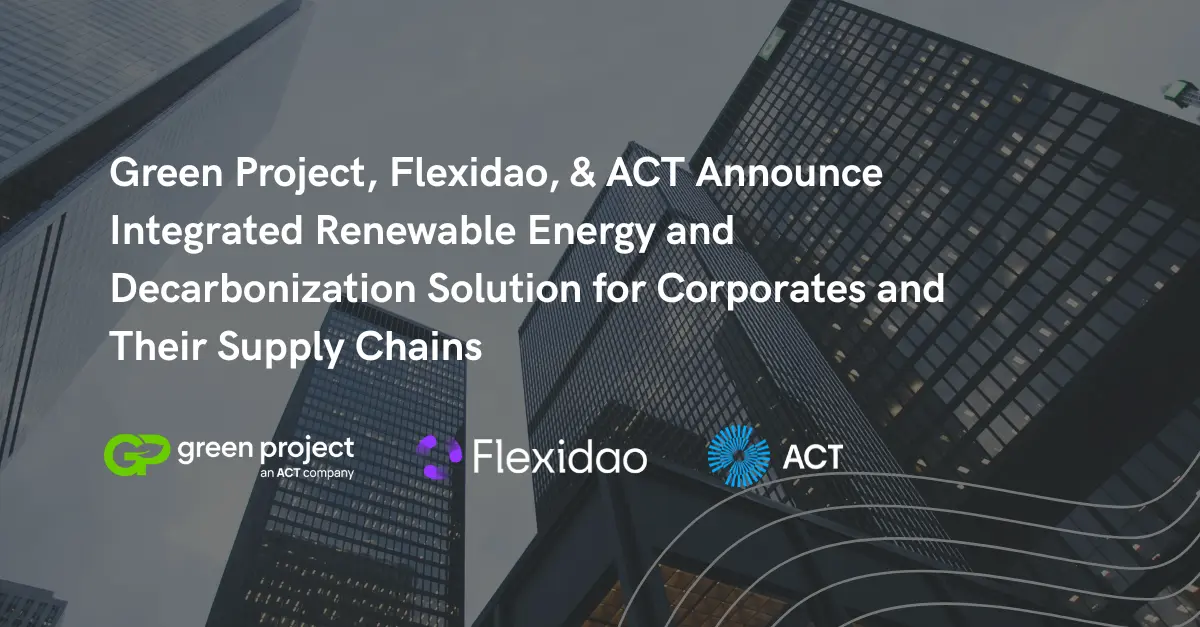Physical PPAs vs. Virtual PPAs: Choosing the Right Option for Your Business
Physical PPAs vs. Virtual PPAs: Choosing the Right Option for Your Business
Explore the key differences between physical PPAs vs virtual PPAs. Learn how the right Power Purchase Agreement can enhance your company's renewable energy impact.
Power Purchase Agreements (PPAs) have gained significant traction in the corporate energy purchasing market in recent years.
Given the ongoing expansion of Europe's renewable energy sector and the increasing demand for sustainable power sources, the market for Power Purchase Agreements (PPAs) in 2024 is anticipated to experience significant growth. To further accelerate this growth, there have already been some innovations with PPA contracting structures, and newer variants have come to the market in the past couple of years.
To help frame where the PPA market is now and what options are most common in the market, we created this guide to help your company navigate the corporate PPA maze. But first, let's give an overview of what a power purchase agreement is and its different types.
What is a PPA (Power Purchase Agreement)?
A PPA is a contractual agreement between a power producer and a power purchaser. These contractual agreements typically are longer compared to standard contracts, having a contract duration of 10, 15, or even 20 years. It outlines the terms and conditions for selling and purchasing electricity. PPAs are used in the energy industry, particularly in renewable energy projects.
In the context of renewable energy, such as wind or solar power, PPAs play a crucial role in facilitating the development and financing of projects. The power producer, a renewable energy developer or generator, agrees to sell the electricity generated by their facility to the power purchaser, who could be a corporate entity, utility company, or even a government agency. PPAs usually are long-term agreements that span several years or even decades.
Multiple types of PPAs exist, catering to different needs and circumstances. Here are some common types:
What is a Corporate PPA?
Corporate PPAs are a specific type of power purchase agreement where the power purchaser is a corporate entity, often seeking to meet sustainability or environmental targets. These agreements allow businesses to buy a certain amount of renewable energy from a power producer. Corporate PPAs can be structured as physical or virtual PPAs.
By entering into a corporate PPA, the purchasing company can secure a long-term supply of renewable energy at a predetermined price, providing stability and often cost savings over the contract duration.
Corporate PPAs are attractive to companies looking to reduce their carbon footprint, show environmental leadership, and hedge against future energy price volatility. They provide a direct way for businesses to support the development of renewable energy projects, driving the clean energy sector's growth.
What is a Physical PPA?
In a physical PPA, the purchasing company commits to buying a specific amount of renewable energy generated by a project. The electricity is delivered to the grid, and the company can either consume it or sell it back to the market.
This agreement involves a renewable energy generator and an off-taker for the delivery of electricity to a site through the power grid. The parties agree on a price for the duration of the PPA, a fixed €/MWh with annual indexation.
A physical PPA enables a third-party power supplier or marketer to integrate the power volumes into the company's existing energy contract.
Adopting this approach means that the company must manage the variability of the renewable plant's power production and how it aligns with its power consumption. Typically, this risk is transferred to a power marketer whose trading teams are responsible for balancing the power volumes.
What is a Virtual PPA?
Virtual PPAs, also known as financial or synthetic PPAs, do not involve physical electricity delivery. Instead, the purchasing company commits to two things:
- signing a contract-for-difference with the supplier, guaranteeing a stable income for the supplier and stable costs for the purchasing company
- buying the renewable energy certificates (RECs) or guarantees of origin (GOs) associated with the renewable energy project.
The combination of these two allows the company to claim the environmental attributes of the purchased renewable energy, even if the electricity doesn't flow to their facilities, whilst ensuring financial certainty for both parties
But how does a virtual PPA work? A virtual PPA replicates the financial aspects of a physical one, without involving electricity delivery. It’s a “financial swap” contract that falls outside the scope of physical electricity delivery. The terms of the contract will usually be set up as a contract for differences.
The contract parties agree to a fixed price for the generated electricity but settle the financial difference based on the wholesale market price outcome. If wholesale prices are higher than the agreed price, the supplier will compensate the buyer for the difference. If wholesale prices are lower than the agreed price, the buyer will compensate the supplier for the difference.
There are also different options on virtual or physical PPAs due to some variations on the contracts signed, as they can be:
- Sleeved PPAs: A sleeved PPA involves an intermediary, a utility, or a power marketer, who acts as an intermediary between the power producer and the purchaser. The intermediary facilitates the transaction and ensures the delivery of electricity from the power producer to the purchaser. Sleeved PPAs can be useful when the off-taker (purchaser) has specific requirements or limitations that prevent a direct agreement with the power producer or when an off-taker wants to combine a number of different PPAs.
- Offsite PPAs: These are agreements in which the power producer and the purchaser are located in different geographical locations. The electricity generated by the power producer is fed into the grid, and the purchaser receives financial benefits or renewable energy credits based on the agreed-upon terms.
Which type of PPA is best suited for my company?
When considering physical vs virtual PPAs, it is important to understand the benefits and drawbacks of each option. Both options offer comparable cost savings, additionality, and market image. However, the nuances lie in the finer details. Let's explore the two main differences and how they might impact a company's decision-making.
Same Power Grid Location
When contracting a physical PPA, the off-taker needs to be located in the same power grid as the renewable energy plant. Physical delivery of the electricity wouldn't be possible otherwise.
This restriction does not limit virtual PPAs; the renewable energy generator can be installed anywhere. This opens up the potential for cross-border PPAs and gives a company more freedom to buy different types of renewable energy or even larger amounts.
However, the company may still want to have strong energy cost alignment with its local energy market. In this case, the renewable generator under a virtual PPA would need to be located in the same grid as the off-taker or in a power market that is highly correlated with the off-taker home market. This ensures an effective price hedge is made through the PPA.
Even though the off-taker and generator may be on different power grids, the production of cross-border virtual PPAs can still be matched to local consumption using software tools.
These tools allow companies to assess the energy-matching effectiveness of the PPA and, ultimately, its CO2 impact.
Financial Derivative Accounting
The other main difference between physical PPAs vs virtual PPAs is how they are treated from an accounting perspective.
Companies based in the U.S. use the U.S. GAAP accounting standards, and those in Europe use IFRS. Global companies may be required to report financials under both standards.
When it comes to PPAs, the two accounting standards have different rules. One of the main differences is that virtual PPAs may be viewed as a financial derivative under IFRS rules but not under US GAAP. This is significant as financial derivative accounting can impact a company's ongoing financial reporting.
IFRS accounting standards focus on the economic substance of transactions. Because virtual PPAs are primarily financial contracts, rather than physical power delivery contracts, they are often categorized as financial derivatives. Financial derivatives are measured at their fair value and any changes in value are recognized in the income statement. This means that the value of a virtual PPA can fluctuate over time, impacting a company's financial performance.
US GAAP often has more prescriptive rules. A virtual PPA may not automatically be considered a derivative if it meets certain criteria. For instance, US GAAP includes specific tests to assess whether a contract should be treated as a derivative, including factors like whether the contract has a notional amount, an underlying price, and a net settlement feature. If a virtual PPA doesn’t qualify as a derivative, it might be treated as an executory contract or in another way that doesn’t require marking it to market, which could avoid income statement volatility.
In essence, the virtual PPA needs to be re-valued using marker-to-market accounting every time the balance sheet is reported. In the context of a virtual Power Purchase Agreement (vPPA) under IFRS, this means that the company must revalue the vPPA at each reporting date based on the latest market conditions. This is a complex challenge as the PPA's fair value will be based on forward energy prices. As the energy market is volatile, the PPA value on the balance sheet is also at risk of volatility.
Any increases or decreases in value will need to be reported as profits or losses. A company needs to assess if it's comfortable taking on this challenge before choosing whether to pursue a virtual PPA.
Do you currently have one or multiple PPAs?
We understand the complexities involved in managing PPA contracts and meeting your energy needs. Flexidao’s software provides high-resolution intelligence for PPA performance optimization by the automation of invoice settlement verification, cash-flow projections and data collection. Using our intuitive platform, you can monitor the volumetric, financial and environmental performance of your PPA contracts. Flexidao’s platform also tracks and updates Energy Attribute Certificates (EACs) portfolio balances, ensuring a clear chain of custody for all received and expected EACs.
How Flexidao Can Help You Manage Your PPA Contracts
- Avoid costly invoicing errors with deeper oversight
Streamline accounting for Power Purchase Agreements with timely and accurate invoice validation and tracking of financial settlements. Gain critical insights into the historical and projected financial performance of your PPA and effectively manage liquidity risk.
- Save valuable time in periodic data collection and processing
Eliminate time-consuming manual tasks with automated collection, processing and consolidation of high-granularity production, consumption and carbon data. Optimize your reporting process by tracking and updating portfolio balances of Energy Attribute Certificates (EACs) issued by your contracts.
- Ensure contract performance by enforcing availability guarantees
Monitor project operational performance and automate availability calculations to assess whether availability guarantees and contractual performance clauses are being met. Gain deep insights into historical hourly generation, price values, and outage reports to ensure your expected generation volumes are met.
Reach out to our experts to simplify the management of your PPA contract, certificates, and emissions data.








